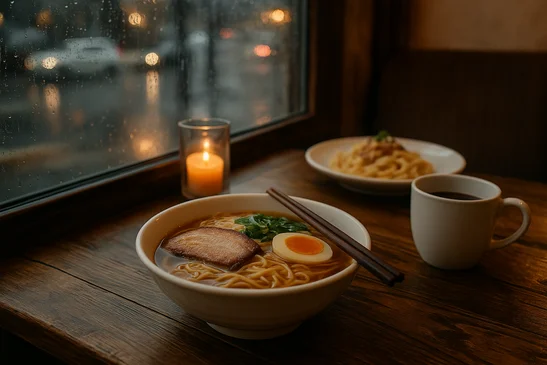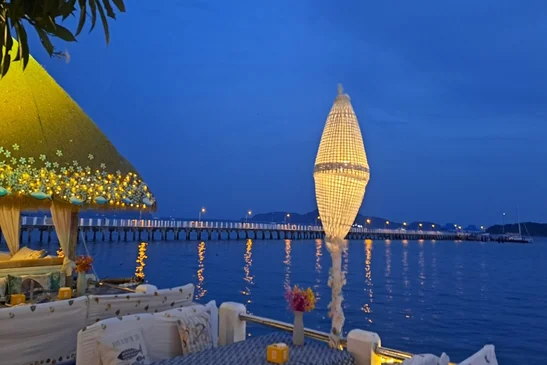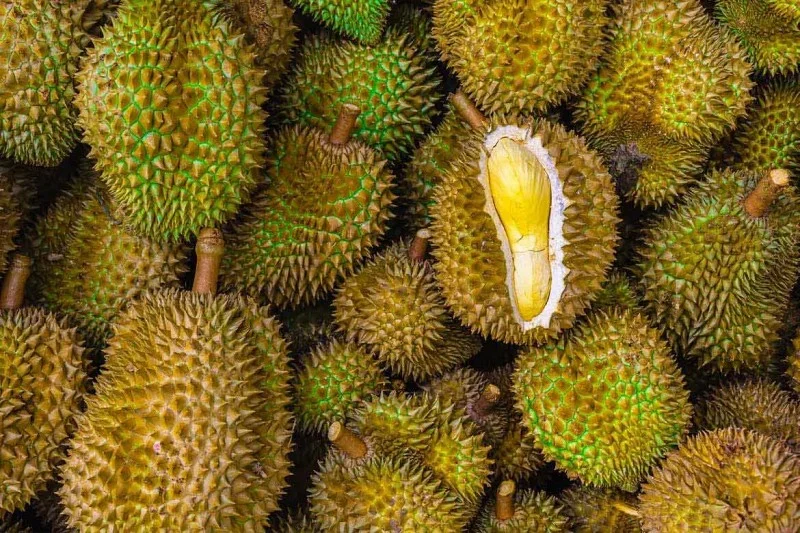
If durian were a person, it would be mighty confused. Many people are enamored with it, excitedly anticipating the start of the season and devouring it with near-compulsive obsession, and basically, everyone else hates it with vulgar disgust. It’s kind of like the Donald Trump of the fruit world. It’s so polarizing that one might buy a durian only for the spouse to forbid it from being carried inside the car, hence the reason you often see a bag of durian hanging from the rear wiper of vehicles.
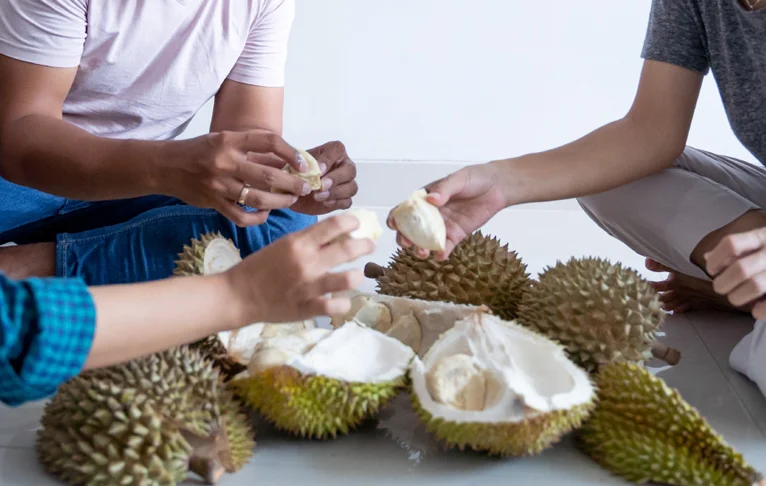
Strangely, many who enjoy the taste of durian are offended by the assault on their olfactory senses that the fruit is infamous for. The scent that emanates is undoubtedly potent and it’s very common to see signs banning it in hotels, airports, and taxis. However, the prized taste of the “king of fruits” is held in high enough regard that many easily ignore the smell. What does it smell like you ask? Those who hate it will say a blend of rotting onions, sweaty gym socks, and overripe fruit, and those who love it will say tropical paradise, sweet custard, and hints of almond and caramel. Either way, it’s a distinct scent and you will likely know it when you smell it.
Durian ain’t nothing new and has been genetically traced back to the era of the dinosaurs in some form or another. Before the days of processed foods and sugar-laden desserts, hunter-gatherers would have been elated to stumble upon a durian tree. Sweet foods are not that common in nature and durian is sweet, savory, and full of fat and calories.
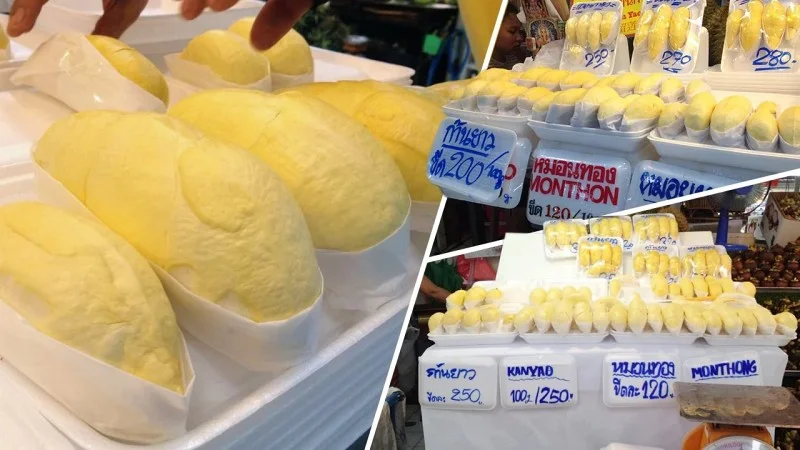
Ok, so some people hate it, some people love it, however, the uninitiated may be ignorant to the heights to which this fruit is revered. In 2019, a single fruit was sold at an auction in Thailand for almost US$48,000! This is obviously an extreme example, but durian from reputable growers can consistently fetch very high prices. There are more than 100 varieties of durian, the most common types found in Phuket are durian baan, monthong, chanee kai, and gan yao. Durian baan is the cheapest with an average price of around THB 60/kg. However, durian baan’s flavor is inconsistent, the seeds can be large and the skin thick (not much edible fruit). If you’ve never had durian before, chanee kai or gan yao are probably better varieties to start off with. They tend to have a creamier texture and the flavor is more on the custard-caramel-sweet side of the spectrum rather than the onion-savory side. Expect to pay from THB 100-180/kg for these varieties in Phuket.
Actually choosing a fruit to buy is an endeavor in itself. Those in the know are able to select one based on its color, scent, the sound made by tapping it with a stick and interrogating the grower about when the fruit was actually harvested (an estimated percentage of ripeness when it was picked). They are looking for thin skin, small seeds, and their preferred ripeness – some people prefer it firmer and less ripe and others more ripe, softer, and more pungent.



